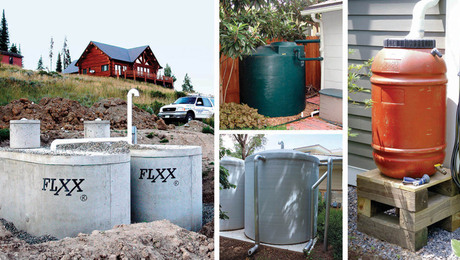Bead board ceiling plank considerations
I’m in the process of planning a ceiling replacement in our living/dining area to remedy sagging joists that were previously installed incorrectly. Note that the new ceiling joists will run the short length of the room. In lieu of sheetrock, I’m leaning towards these bead board plank options (which, I think, will be decided by the considerations that follow):
A. Traditional plank (~3/4″ thickness)
B. Lightweight plank (~1/4″ thickness, found at big box stores)
Option A Considerations
If I were installing sheetrock, I would flatten the ceiling with furring strips — which leads to my first consideration: would I be setting myself up for more work and frustration if I were to choose plank option A, shimming to flatten as each plank goes up (perpendicular to joists, running the long length of the room — same orientation as I would with furring strips)? Am I running up against fire safety issues / regulations? I know that these pine boards would likely fall into a Flame-Spread Class III rating, considerably higher than Option B1.
Option B1 Considerations
If option A is a no-go, my plan would be to (1) install furring strips to flatten the ceiling, (2) install 1/2″ plywood as a substrate, (3) glue and nail the lightweight planks to the plywood. Note that I’m opting not to nail directly to the furring strips because the planks would then be running parallel to the short length of the room. Furthermore, plywood as a substrate will give me more adhesion surface for the planks, not to mention the option to choose fire-resistant panels (Flame-Spread Class I rating) and more peace of mind than a 1/4″ plank alone sitting between my attic and the living space.
Option B2 Considerations
And, for the sake of being open-minded, I suppose I could install the lightweight planks directly to the joists, shimming as I go (similar to Option A) — but this seems the least desirable of the options.
===
I’m sure there are plenty of other things that I’m missing, so I look forward to any thoughts and recommendations.
Many thanks in advance — cheers!


















Replies
What is the plan for air sealing?
I would drywall (or plywood or osb), tape and seal, then tack on the decorative 1/4 bead board.
I installed a bead board ceiling in my basement last summer. I had to run them both along the length of the joists and perpendicular to them.
I did 3/4" pine. I've done the thin ones in the past, and really didn't like working with them, due to splitting when air nailing the tongues.
I did 1/2" furring - ripped CDX plywood 6" wide when perpendicular. It was a choice of convenience, as I was able to buy a stack of damaged ones really cheap. It was plenty rigid when using the 3/4 pine for ceiling. Joists on 24" centers FYI. I shimmed them where needed - used a straightedge to check them.
For the furring that ran along the joists - I have a 1935 house, so lots of variation - I nailed sisters of straight 3/4 solid wood. I ran a line down the joist to get it straight and then used up anything with a straight edge.
I did all this nailing with 1 3/4" ring shanks (coil nails). As good a screws, no glue needed.
This gave me a flat surface to start, and it really didn't take that long. The area was 600 sf.
The T&G had slight variations in it, which caused me to have to fiddle with it at first. I made a gage stick to ensure I set them correctly, and it was easy going after that. I bought #2 boards since it's a basement. I assume #1 would not have this issue.
Finally, I realized I would have a bit of a drum sound in my ceiling, so I ensured I had insulation batts on touching it. Sheetrock would also help. You may not have this problem if you have attic above.
Best of luck.